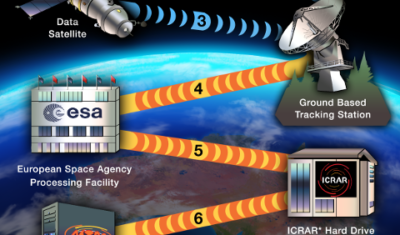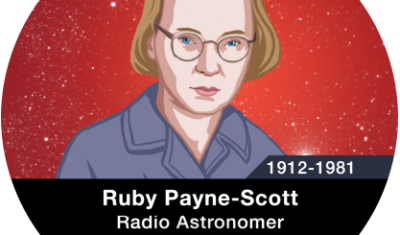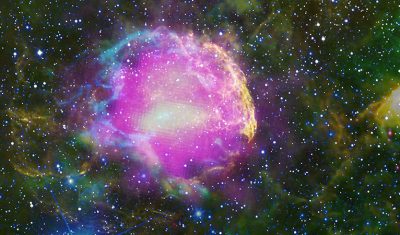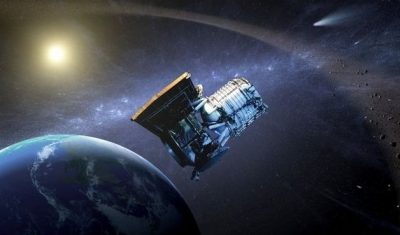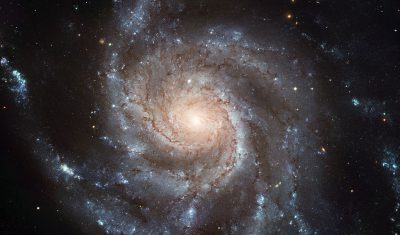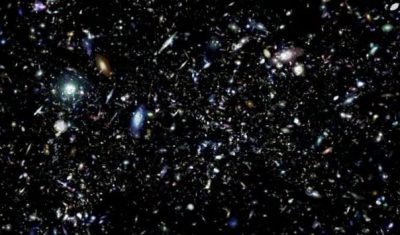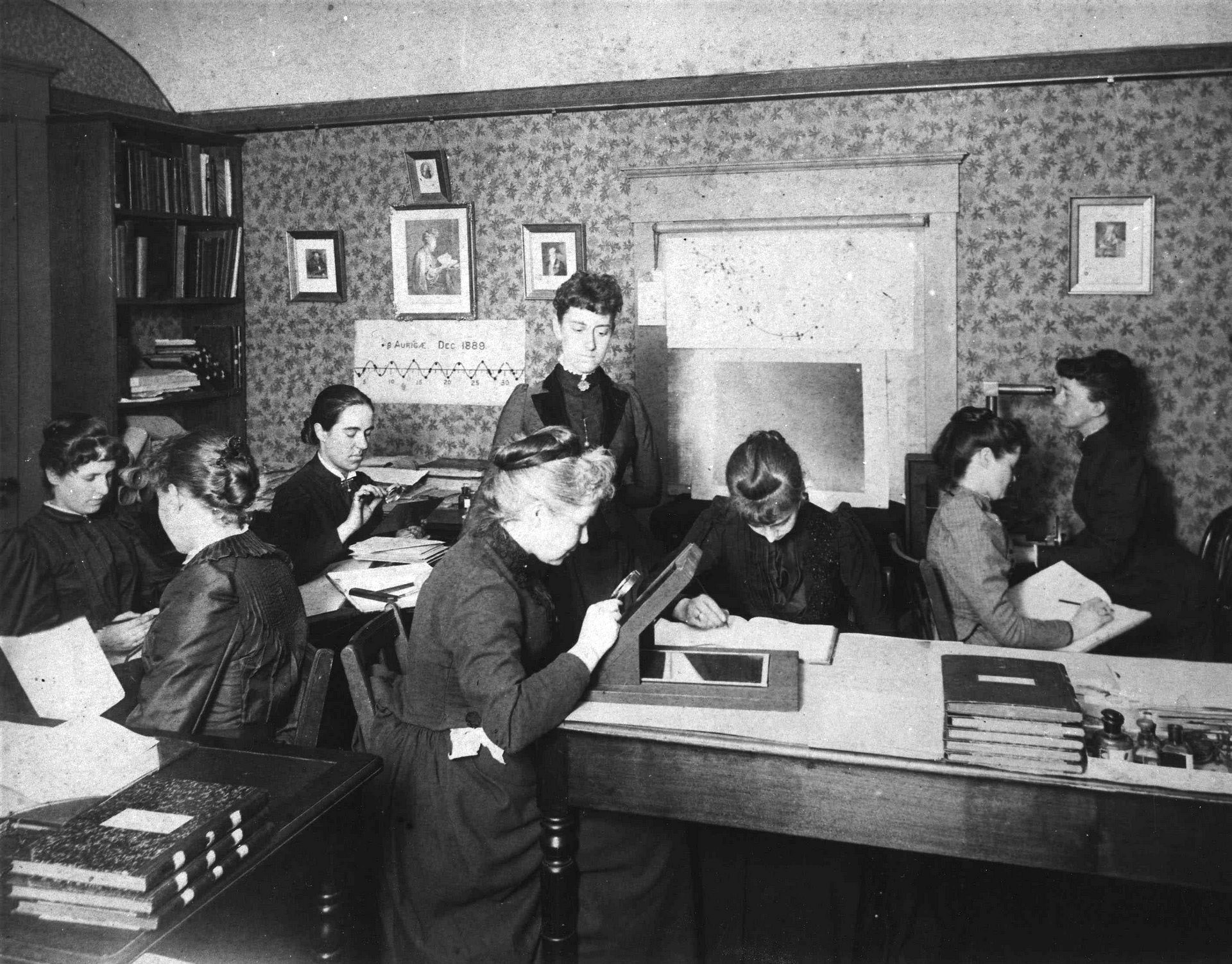
Our volunteers join a long line of citizen explorers in Astronomy.
The story of AstroQuest begins over a hundred years ago, when observatories would recruit volunteers to inspect glass plates, and identify any stars, nebulae or galaxies they could find. These volunteers, many of whom were women, were known as “computers”, because they were needed to analyse huge amounts of data that the astronomers simply couldn’t keep up with.
In modern times, astronomers are using the latest technology to survey huge numbers of galaxies, and have collected a vast amount of data. Before astronomers can do any science on the galaxies from these surveys, they have to work out exactly where the galaxies actually are in each image. Just as in the early days, this is too much work for astronomers to do by themselves, so they’ve developed computer algorithms to speed the work up. And just like before, they’re asking human volunteers to help as well.
The computer mind behind AstroQuest, and why we need your help.
In our previous project, Galaxy Explorer, citizen scientists were asked to classify galaxies and fit a ring around each one. In AstroQuest, what we’re asking citizen scientists to do is quite different. This is because the algorithm being used to find galaxies in the images has changed.
The shape of most galaxies usually fits fairly well into a circle or an ellipse, but some galaxy images can be a very strange shape. For instance, galaxies that are colliding can be very irregular, and some galaxies are overlapped in the image by stars and other objects that have gotten in the way.
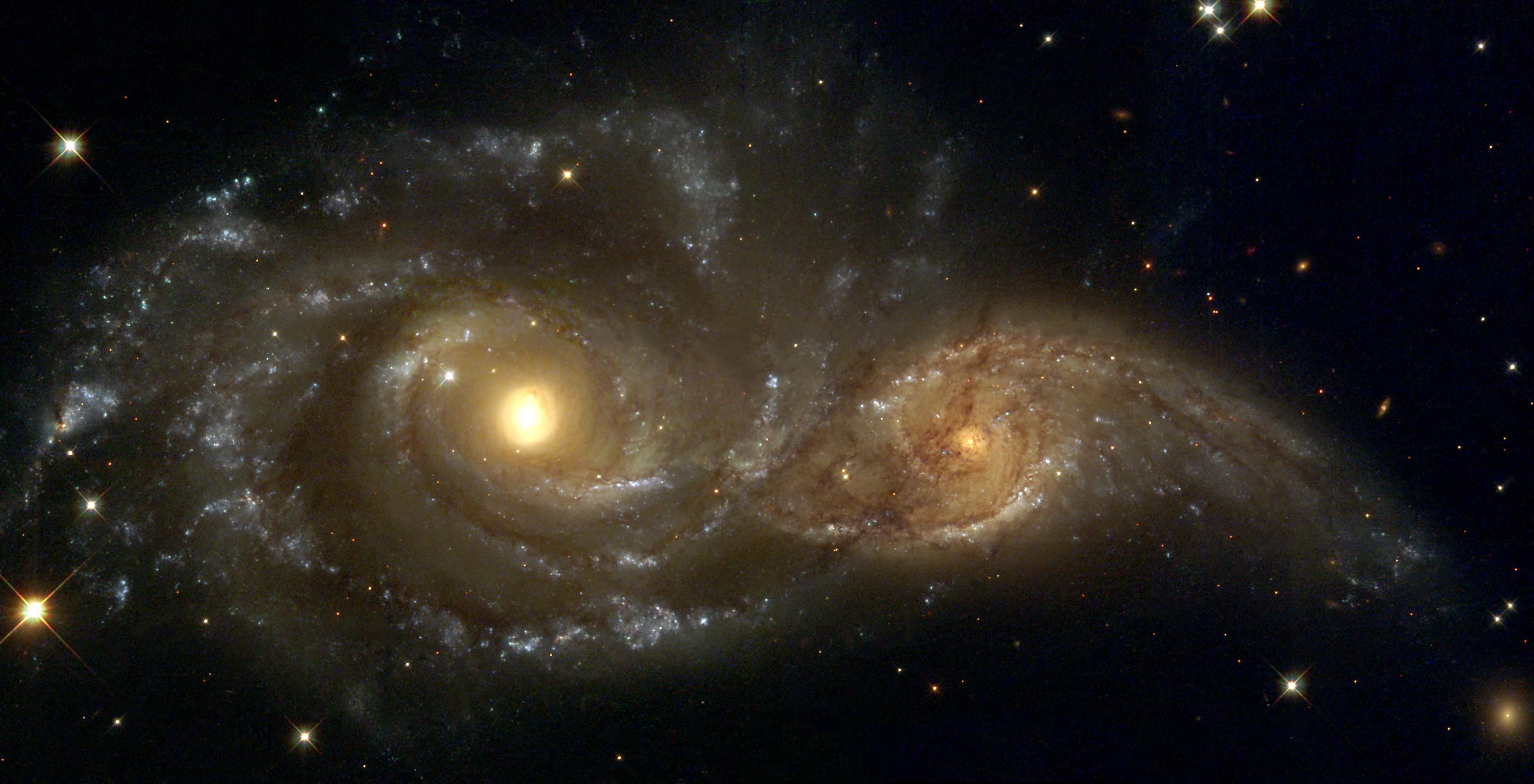
The new algorithm tries to find the actual shape of the galaxy in the image, and instead of fitting a ring around it as an approximation, it colours in the real shapes it has found.
In a lot of cases, the computer algorithm gets the right result – colouring in the central galaxy in the image with one colour, and any overlapping objects in different colours. One thing we’re asking you to do is inspect each galaxy and tell us when the computer got it right. If you don’t see any problems, click on “No issues, the computer got this one right!” and submit the galaxy.
However, there are cases where the algorithm doesn’t get the right answer. Sometimes it thinks different parts of the same galaxy are actually separate galaxies. The astronomers call this “shredding” the galaxy.

Another example is when objects like stars and other galaxies have overlapped the galaxy in the centre of the image. Sometimes the computer thinks they’re the same object and makes them the same colour.
Telling us when you think the computer got the answer right, and choosing which issues you’ve identified if you think it got it wrong, will help the astronomers a lot. Using the “wisdom of crowds”, the group consensus on each galaxy will let them know which images need their attention to fix the computer’s guess. This will lead to further improvements to the algorithm being used to find galaxies in these huge surveys. So let’s see how many trophies you can unlock!
If you’d like to read more about the women who worked as “computers” over a century ago, click here.


